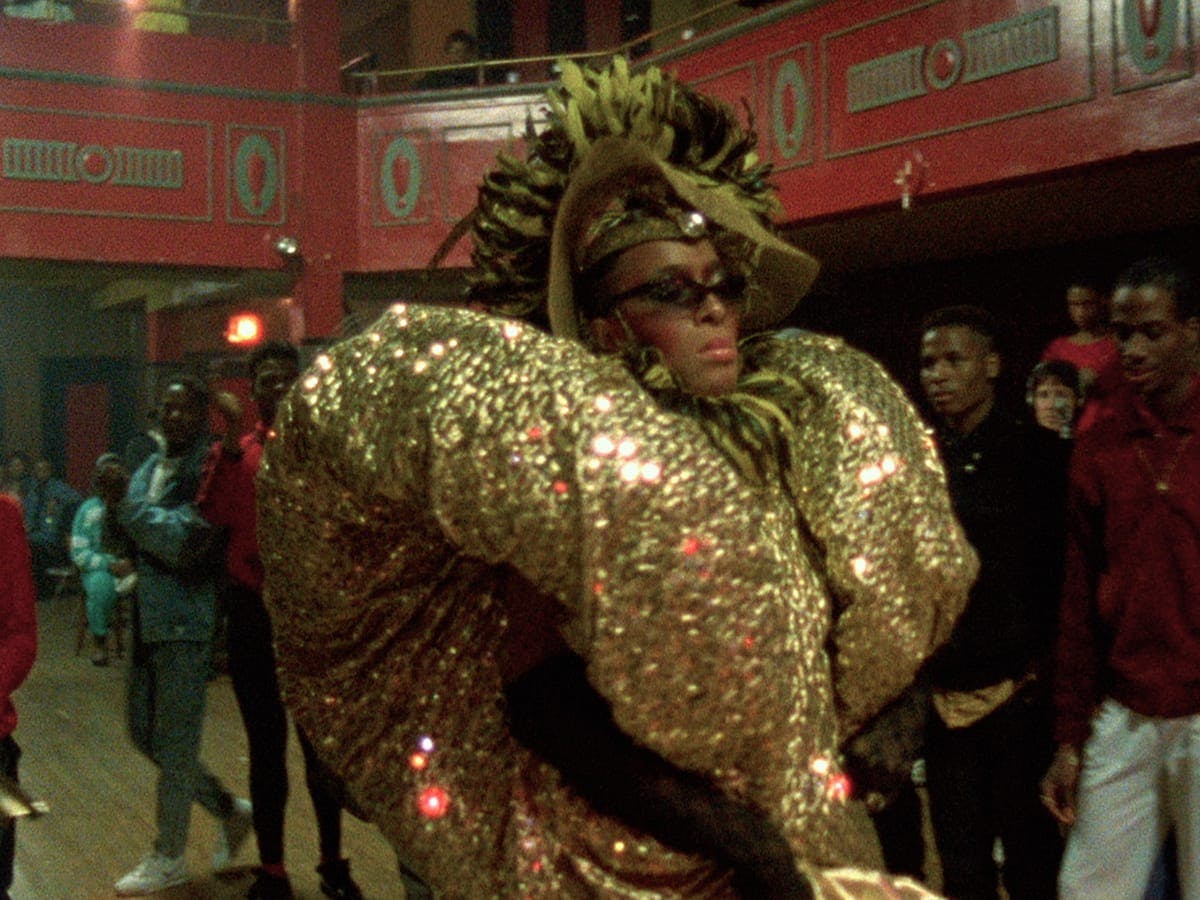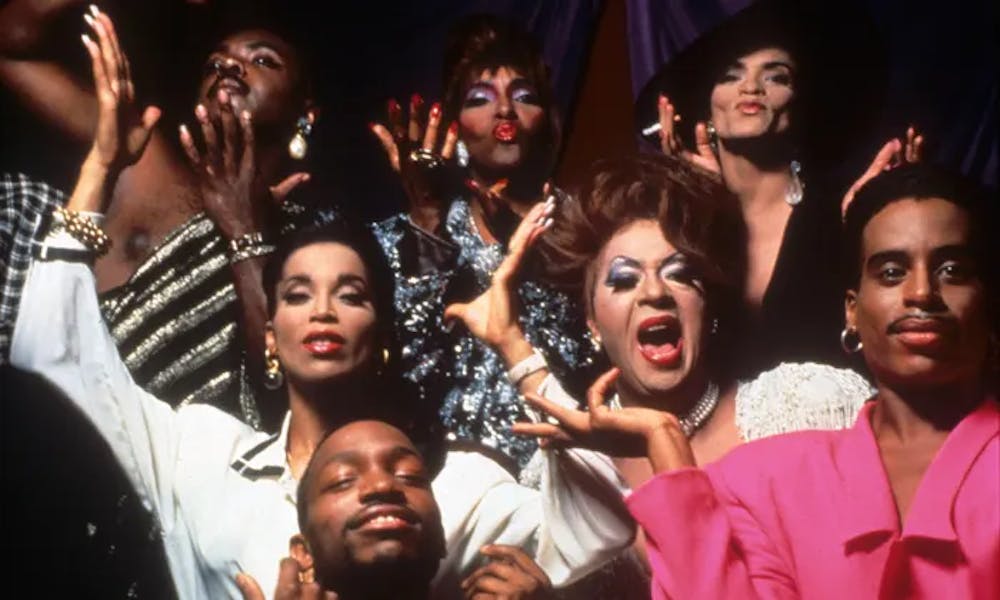Growing up queer in the suburbs of Northeast Philadelphia, 40 minutes from school with favorable weather and light traffic (which is rarely the case in Philly), I’ve learned much of what I know about gender and sexuality through the media.
Last winter, I joined the School District of Philadelphia’s Gender/Sexuality Advisory Board, where I got the opportunity to meet LGBTQ+ students from across the city, revise District policy, and meet DEI Coordinator Michelle Golobish.
With the help of Ms. Michelle, Josh Cohen, and Rowan Arthur, I’ve spent the last few months developing Green Carnation, a platform for students to share and critique queer media—and I’m ecstatic to now share it with The Bullhorn!
Each month, we’ll be publishing reviews from Green Carnation in this column of the paper. If you’re interested in becoming a critic, submit a review through this form; or, to browse past reviews, visit our website!
A quality review should discuss how a piece of media (movies, shows, albums, etc.) relates to the LGBTQ+ experience, spotlight your unique interpretation of it, and ultimately tell us why we should(n’t) watch, read, listen to, or purchase it.
To kickstart this column, I’ve chosen to write about a documentary that I first watched in 2022, one that shook me to the bones and transformed my understanding of what it means to be queer…
A 23-year-old Venus Xtravaganza peers directly at the camera, demure in disposition yet remarkably steady in voice.
She rests with one arm bent over her hips, legs outstretched, relaxed and wholly unaware that in a few months, her body will be found strangled under a mattress not unlike the one she lounges upon now.
Four decades and 94 miles away, I sit in the darkness of my bedroom, reeling from the news of this murder.
Enjoy what you're reading?
Signup for our newsletter
Watching Venus through my Chromebook’s grainy display, professing wishes for a life she’d never get, a stream of emotions gush through my head—grief, helplessness, outrage, and somehow, despite it, pride—all themes that define Jennie Livingston’s flagship documentary Paris is Burning.
With seven years of footage extracted from the New York City ballroom scene, Paris is Burning brims with wit, emotion, and glamor, all while carrying a message that has only grown more relevant since the film’s 1990 release date.
The 71-minute-long documentary borrows its name from the annual ball held by Paris Dupree, one of several ballroom icons featured throughout Paris is Burning.
Balls like Dupree’s emerged in the late 1800s and grew to (relative) prominence in the early 20th century, as the Great Migration and Harlem Renaissance remolded New York City into a hub of Black queer culture.
Historically, the clandestine pageants provided an outlet of expression to communities who otherwise had little chance at fame or fortune.
“Those balls are more or less our fantasy of being a superstar,” house mother and ballroom legend Pepper Labeija explains. “Some of them don’t even eat. They come to balls starving…but they’ll go out, and they’ll steal something and get dressed up and come to a ball for that one night”.

Pepper Labeija walking a ball in Paris is Burning
Since then, ballroom has mushroomed into an international phenomenon.
In the 1980s, balls entered what historians label their golden age, before puncturing the mainstream through works like Madonna’s Vogue and Livingston’s Paris is Burning in the 90s.
Balls continued to influence entertainment, politics, and culture throughout the 2000s and 2010s, and now, they permeate into the modern day.
However, the 2020s have ushered in a new set of challenges for ball-goers, from DeSantis’ slew of anti-LGBTQ+ legislation to the continued violence faced by transgender communities.
I think a lot of these developments sprout from the idea that queer people simply don’t have history: that we’re just too fresh, too radical of a concept.
But Paris is Burning rejects these ideas. It doesn’t contain any sweeping political statements: it doesn’t advertise a rainbow-striped coffee mug or end with a scene where Willi Ninja and Dorian Corey hold hands and talk about how they’re stronger together.
Its strength is more subtle: the political message lies in these individuals simply living their lives, and the context speaks for itself.
I think this film is often approached solely through said context, as a showcase of the resilience that LGBTQ+ communities have historically demonstrated in the face of hardship.
But personally, I don’t love this film because it shows queer people living their lives in spite of hate and oppression; I love it because it shows queer people living their lives with pride and joy.
Undoubtedly, ball-goers faced mass racism and homophobia; undoubtedly, the community itself wasn’t an oppression-free utopia—or necessarily a “safe space,” as the top review on Letterboxd describes it (see The Queen, 1967).
But from the moment you see the tip of Pepper Labeija’s feathered hat to the moment Dorian Corey finishes applying her winged liner, you’re whisked into a world of unbridled queer joy; I think that’s exactly what Livingston, and more importantly, her interviewees, wanted.
However, Paris is Burning hasn’t gone without its criticisms.
In 2015, activist group Paris is Burnt rallied for screenings of the documentary to be canceled, characterizing it as an “appropriation of our narratives for the sake of entertaining a gentrifying, majority white audience that seeks to consume us and call it paying homage.”
Similar concerns have stemmed from the nature of having a self-described “white, Ivy-educated Jewish kid, born in Texas and raised in LA,” portray an overwhelmingly Black impoverished community in Harlem.
These questions of appropriation and exploitation, I would argue, haunt the production of any journalistic work: or indeed, any critical review of such a project.
While I’m not a member of the ballroom circuit, I’m a strong believer that everyone has the right to document and comment on any topic they deem important.
There’s a lot to be said about why few Black, ball-going journalists have garnered fame for reporting on the scene—but Livingston nonetheless navigates the topic sagaciously and lets her subjects shine through: to me, that’s what journalism, at its core, is all about.
Overall, Paris is Burning has impacted me and my understanding of identity like no other film has.
Enchanting, passionate, and raw, the film serves not only as a remarkable piece of entertainment but as a reminder that in the epoch of drag restrictions, book bans, and ceaseless LGBTQ+ violence, we have long fought injustice and will continue to persevere.
In each of us, the fire rages on.




